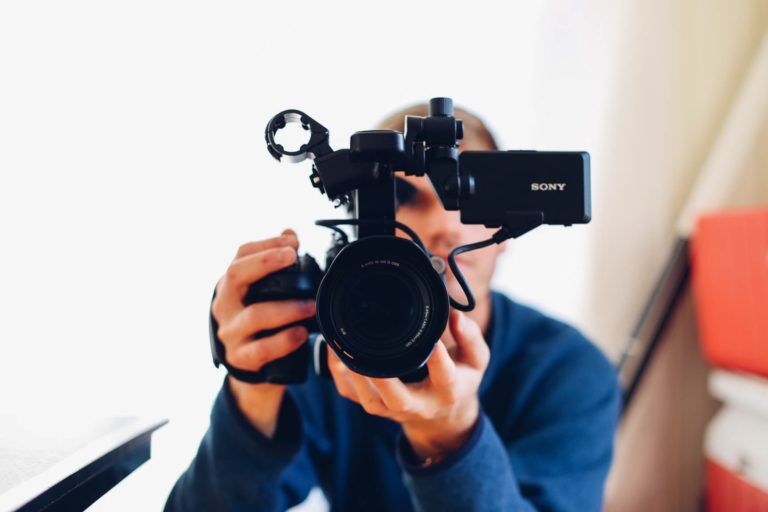It’s easy to take the presentation of a video deposition for granted at a trial. To many litigators, it’s a convenience, a way to move their case along, to tell their story while working around difficult schedules. While video deposition disasters are rare, bad and uninspiring presentations are depressingly common.
It doesn’t have to be that way. Our trial services team has learned a lot of valuable lessons about not only making trial deposition videos more presentable, but making them into a competitive advantage.
There are two common uses for presenting deposition video in court. The first is simply the presentation of non-live witness testimony, piecing together agreed-upon testimony to play all at once for the jury. The second use is impeaching a witness on cross which, if done correctly, can be devastating to a witness’s credibility. Both can have impact on a jury and a little preparation can go a long way in shaping that impact to your advantage.
1. Control the Environment
As much as possible, eliminate any loud background noise. For example, the mere presence of cell phones can cause buzzing in the audio stream. Discuss this with the videographer before recording. And be sure to mic the deposition properly, both the attorney and the witness, so that there is an even audio level. A jury who can’t hear a deponent will tune out and not follow their testimony.
2. Control the Appearance
The most famous trial deposition video of all time is arguably Bill Gates’ disastrous appearance in the company’s antitrust trial. Besides his evasive and arrogant answers, most people were distracted by his unruly hair and sloppy brown suit.
You don’t need to be a fashionista or bring a stylist, but be aware of the fashion choices and way things look on camera. Think about how seasoned television pros dress. “Details and intricate patterns prove to be little trouble for our eyes. For the camera, however, pinstripes, checks, herringbones, and textured fabrics will cause havoc for the camera.”
Also, be aware that anything besides the witness on the screen will be noticed and could be a distraction (e.g. 64oz drink cup)
3. Watch Your Posture!
This may bring back unpleasant flashbacks to grade school for some, but posture matters. Lean slightly forward – it presents a positive, comfortable look; leaning back in your chair can make you appear cocky or too carefree.
4. Put Your Best Face Forward
Have your witness take a second at the beginning of the video recording, before questions start, to look straight into the camera with both a neutral face and then a smile. This snapshot can later be used in an opening or closing statement with excerpts of their testimony to present your witness in a more favorable light.
5. Control Nervous Tics
This is probably the hardest to stop, but nervous tics can become readily apparent given the length of a deposition. Work with your witness to be aware of any they may have.
Once the appearance of a video is under control, then comes the meat of the matter, the questions and answers. Obviously, do your normal due diligence in preparing your witness for the questioning of the exam. But it is also important to take a few minutes to give your witness (and yourself) a few pointers on the question and answer process to ensure their testimony comes across clearly and has the maximum impact in court.
- Do not talk over the witness or opposing counsel. The court reporter will clean up the overlap, but it still comes across in the video and can make a clip of the testimony unusable.
- Instruct your witness to wait to start their answer until after any objections. Objections can be cut out if they overlap with an answer.
- After a lengthy objection and colloquy, make sure to have the question read back or repeat the question yourself. A good video clip needs a clean question and answer.
Video depositions are a necessary and important part of many types of litigation. If you control the creation of the video, you can head off damaging mistakes before they happen.







